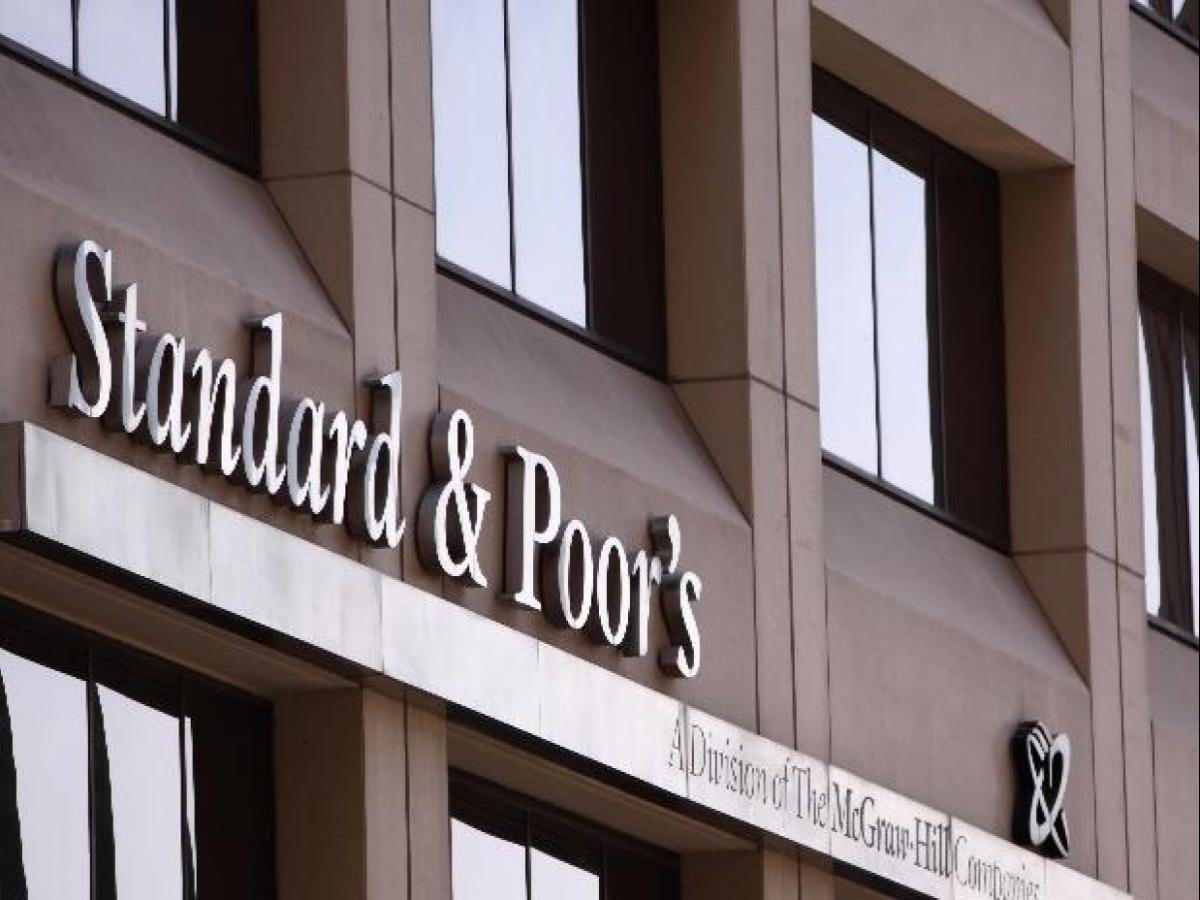SINGAPORE: An improvement in India’s macroeconomic conditions is likely to alleviate stress for the country’s banking sector, S&P Global Ratings said on Wednesday.
The government’s strong efforts to shield banks from Covid-19 pandemic have been largely successful. However, a hit from the pandemic is inevitable, said S&P in the report titled ‘Banking Industry Country Risk Assessment: India’.
While the Indian economy is on a mend, the permanent GDP loss stemming from the brunt of coronavirus is huge at 10 per cent.
“We estimate the banking system’s weak loans are at 12 per cent of gross loans. Credit costs should improve to 2.2 per cent of total loans in the fiscal year ended March 31, 2022 from our estimate of 2.7 per cent for fiscal 2021.”
S&P classifies India’s banking sector in group ‘6’ under its banking industry country risk assessment. Its anchor, the starting point in assigning an issuer credit rating for banks operating only in India, is bb-plus.
India’s economic risk trend is stable, said the global rating agency. Credit risk remains very high for Indian banks. These banks hold elevated levels of stressed corporate assets and, despite new foreclosure laws, progress on their resolution has been slow.
The pandemic-induced downcycle has delayed improvement in asset quality for Indian banks. Small and midsize enterprises (SME) have been hit hardest followed by retail loans, especially unsecured loans.
Steps by the government and Reserve Bank of India, including an emergency credit guarantee scheme for SMEs, are likely to lessen stress. The Budget announcement for fiscal 2022 also includes plans to establish a ‘bad bank’ and strengthen of the National Company Law Tribunal framework. S&P said these measures can benefit banks by ensuring that management resources are not spent on recoveries of weak assets. But India’s challenge has always been on the execution front.
Upside to the economic risk score will emerge when the economy rebounds, SME performance show signs of stabilisation, bank non-performing assets (NPAs) get substantially resolved (or provisioned).
Credit losses showing clear signs of declining to levels materially lower than the average losses seen in the past five years will also be a supporting factor. An economic downturn that is much more severe or prolonged than current forecasts or a likely significant increase in NPAs and credit losses can lead to a lower economic risk score.
The industry risk trend for Indian banks is stable. The banking sector’s funding profile remains its strength. Indian banks’ good franchise, extensive branch network and large domestic savings support a granular and stable deposit base.
Strong growth in deposits due to the country’s high savings rate should offer efficient banks room to grow. S&P expects large banks to continue to gain market share and consolidate the industry. (ANI)







